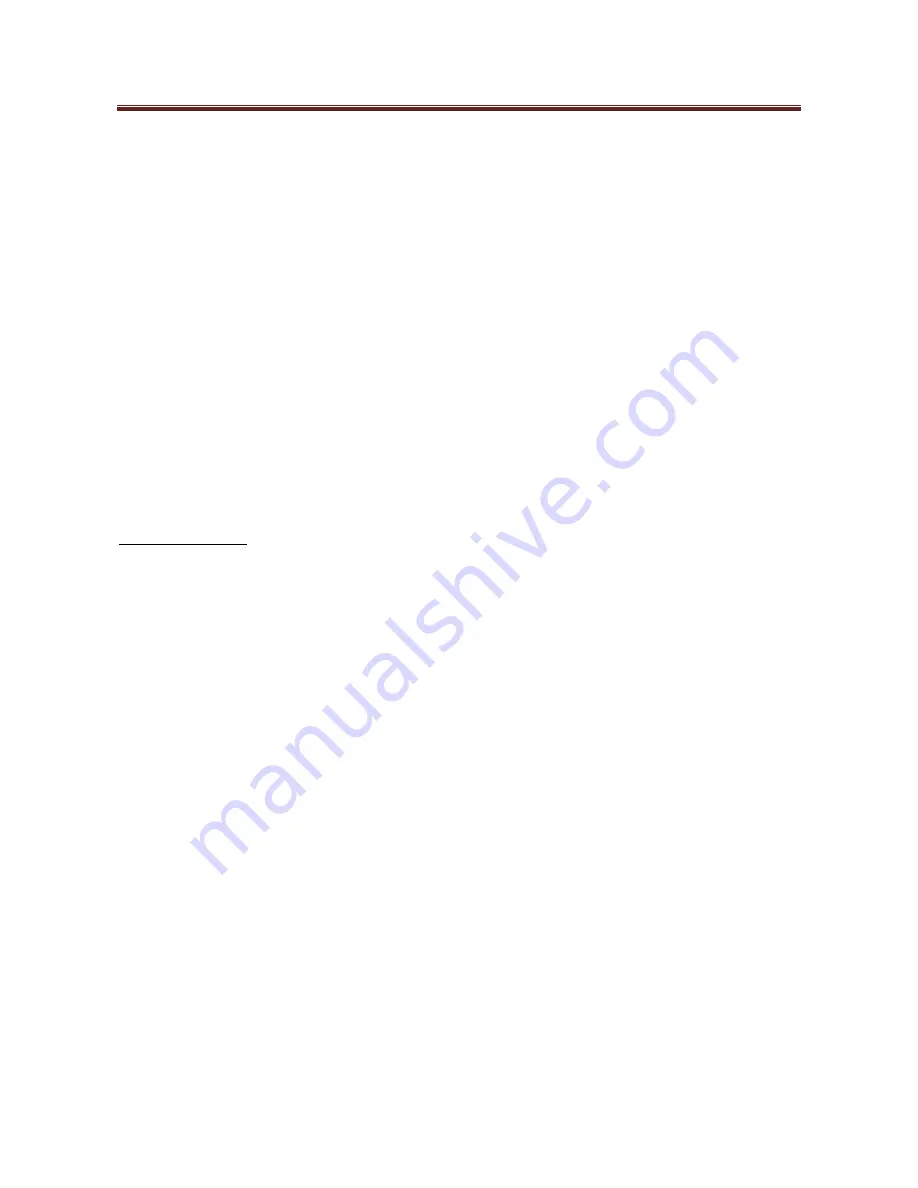
Zlin Aviation
Section 1
Maintenance Manual Aircraft Maintenance Manual
Issued: 01/02/2006
QAP-AMM-Rev02
Date of latest Revision: 23/01/2013
Page Number: 1-20
1.2 Inspections
1.2.1 GENERAL
This section is intended to serve as a guide for a the person performing the maintenance tasks
(certified airframe and powerplant mechanic, owner, LSRMA) to perform routine maintenance on
the aircraft. It is the responsibility of the owner and/or the operator to maintain the aircraft in an
airworthy condition and ensure that all applicable Safety Directives, Safety Alerts, and Service
Bulletins have been complied with. For USA registered Aircrafts, it is the responsibility of the
owner and/or the operator to ensure that the airplane is inspected as specified in Parts 43 and 91 of
the Federal Aviation Regulations. This inspection guide is not intended to replace the good
judgment of a certified airframe and powerplant mechanic.
The guide will make reference to service information provided by other vendors, such as the
manufacturer of the engine. The persons performing the maintenance on the aircraft must ensure
that they have the latest editions of these publications. This guide will not make reference to
revision levels of vendor publications.
Inspection Groups and Criteria
Visual Inspection: Visual inspections will normally apply to those areas, surfaces, and/or items that
become visible by the removal or opening of access doors, panels, fairings, or cowlings. Visual
Inspection criteria will normally consist of, but are not limited to the following criteria:
Moving Parts
Proper operation, correct alignment, security, sealing, cleanliness, lubrication, adjustment, tension,
travel, condition, binding, excessive wear, cracking, corrosion, deformation, and any other
apparent damage.
Fabric Covered Parts
Security, condition, cleanliness, wear, cracking, obstruction of drainage or vent holes, deformation,
heat deterioration, fluid saturation, and any other apparent damage.
Metal Parts
Security, condition of finish, cleanliness, distortion, fatigue cracks, cracked welds, corrosion, and
any other apparent damage.
Fuel and Hydraulic Oil Lines and Hoses
Cracks, dents, kinks, loss of flexibility, deterioration, obstruction, chaffing, improper bend radius,
cleanliness, security, and any other apparent damage.
Electrical Wiring
Cleanliness, loose, corroded, or broken terminals, chaffed, broken, or worn insulation; security;
heat deterioration, and any other apparent damage.
Bolts and Nuts
Fretting, wear, damage, stretch, proper torque and safety wiring.
Filters and Screens
Filters and screens shall be removed, cleaned, inspected for contamination, or replaced as
applicable.
Fuel Tank Areas
Evidence of leaks, corrosion,















































